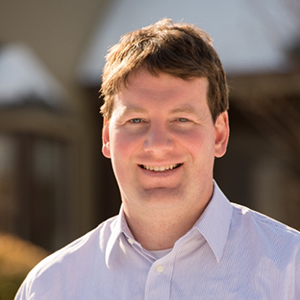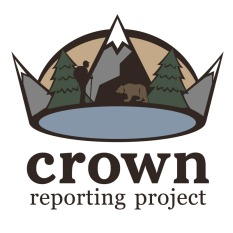Each semester, the T. Anthony Pollner Distinguished Professorship endowment brings exceptional talent from the working world of journalism to teach a seminar class. This fall semester, ESPN the magazine and ESPN.com Senior Writer Kevin Van Valkenburg is carrying on the tradition; except that he is the first Pollner professor to be returning home, and the first to have known the endowment’s namesake.

The program began in 2001, when Anthony Pollner, a graduate and former staff member on the Montana Kaimin, died in a motorcycle accident. Van Valkenburg and Pollner were friends and co-workers at the Kaimin during their shared time at the University.
“Anthony was someone who inspired a lot of us,” Van Valkenburg said.
In addition to being back at the University, town and state that he calls home, Van Valkenburg is excited to pass along his enthusiasm for story telling in all its forms, and inspire the kind of ambitious work he knew Anthony loved.
Professor Henriette Lowisch, who first came to the University as a Pollner Professor, sees Van Valkenburg as a natural continuation to a great tradition. “The idea of the Pollner professorship is to inject the reality of the industry into the J-school,” she said.
Van Valkenburg’s experience with a wide variety of media – radio, website and magazine writing, makes him a real asset to students. “That’s such a unique experience he brings,” she said.
Students in Van Valkenburg’s class are learning the nuances of writing great non-fiction and embracing the challenge inherent in a Pollner Seminar. “Sometimes, from really awful things, can come wonderful things,” said Van Valkenburg.
By Andrew Graham


